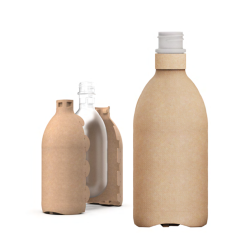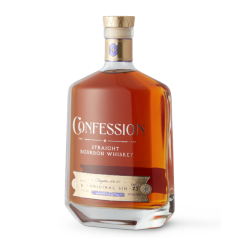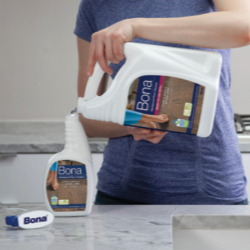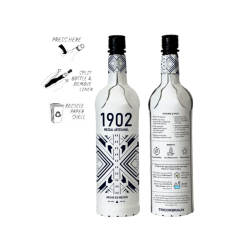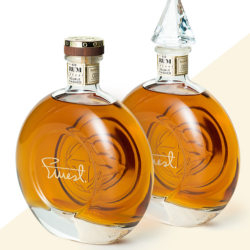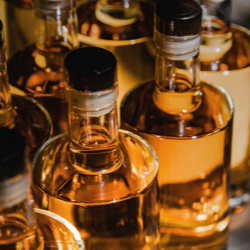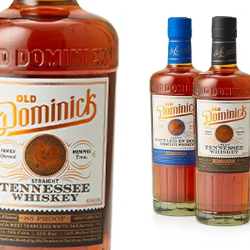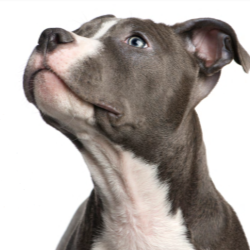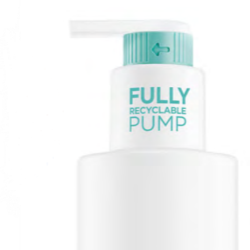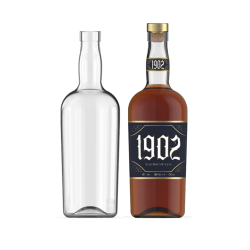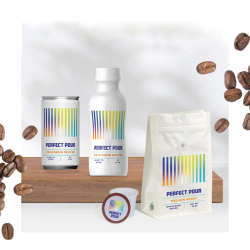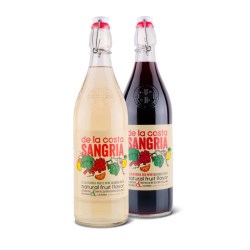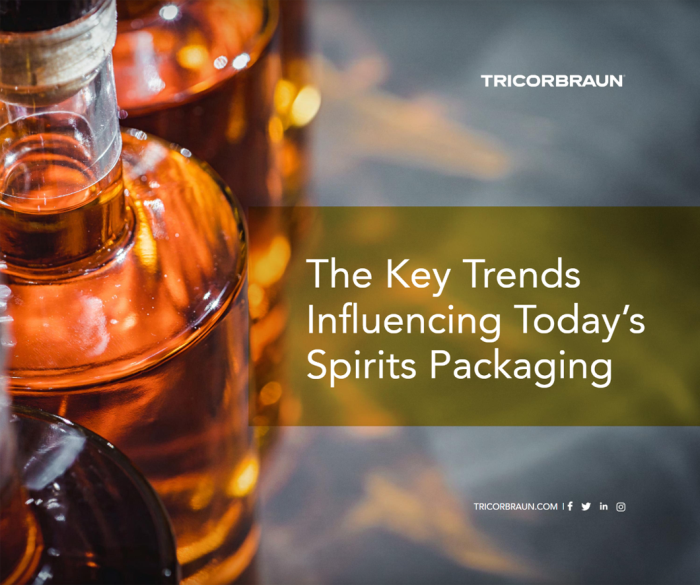

At TricorBraun, our insights-driven approach to spirits packaging identifies the packaging features and functionalities that will differentiate your product from the competition. This approach helps to ensure your spirits package creates brand loyalty and drives consumer sales—leading to your long-term success.
We achieve the perfect packaging for our customers by monitoring consumer and industry trends and researching the market to understand the spirits landscape. Our consumer and market know-how, combined with our robust global supply chain, enables us to reliably source cost-effective, quality packaging solutions. Depending on your brand objectives and commercialization timeline, we’re able to either recommend a stock solution or design custom packaging that showcases your product and your brand.
We recently commissioned a Harris Poll survey of 1,952 adults aged 21 and over to gain fresh insights into the spirits market. The Spirits Studyi found that three of four spirits consumers are more likely to purchase spirits if they come in visually appealing packaging. Whether consumers are looking for convenience, indulgence, better-for-you options, or responsible formats, the right spirits packaging will position your product and your brand to resonate with consumers and drive sales success.
The Packaging Design Details that Impact Consumer Perceptions of Your Brand
THE BEAUTY, FUNCTIONALITY, AND TIMELESSNESS OF GLASS
As the demand rises for both premium and craft spirits and low- or no-alcohol alternativesii, glass bottles offer an effective medium to create a distinctive product. The Spirits Study found that 79 percent of consumers believe glass packaging indicates a more premium spirits product. And it all starts with the weight and clarity of your glass packaging.
A well-designed glass package can indicate that your brand is detail-oriented and your product is high quality. Custom shapes can create brand recognition and help drive emotional loyalty, which in turn drives repeat purchases. Embossing and surface texture can be used to incorporate branding into your design and add a tactile element to your look and feel. Decorating effects such as hot stamping, unique label materials, and intricate label designs can add additional layers of premiumization. And the data bears this out: almost half (46 percent) of Harris Poll participants said that bottles with unique shapes, textures, or embossing indicate a premium spirits product (e.g., with a price point of $50 or higher).
For Peg Leg Porker’s high-end bourbon, for example, we transformed a stock bottle into a premium package through thoughtful graphics and decoration. We not only designed a custom bartop featuring a peg-legged pig made of Zamak metal, but we also incorporated a silkscreened 5-color design on the bottle to create a unified visual look and feel that reflects the brand and its unique story.
When stock isn’t the right solution, our award-winning Design & Engineering team provides insight-driven custom designs that meet customers’ needs. For Distillerie 3LACS, we custom-designed a premium gin bottle to anchor the product to the company’s geographic location on an island surrounded by Montreal’s three lakes. The design incorporated several key features, including a raised triangle with the names of Montreal’s three lakes engraved around the triangle—also producing a tactile experience for the consumer. The bottle design itself was distinctive, including a shorter (height-wise) design compared to many gin bottles so that it not only pops visually but also enables endusers to store their gin on a refrigerator shelf.
THE EMOTIONAL RESONANCE OF RESPONSIBLE BRANDING
Your glass bottle can not only elevate your brand, but it can also resonate emotionally with consumers on another level: responsibility. Around the world, consumers are looking to support sustainably produced and responsible brands. Mintel’s A Year of Innovationiii found that spirits brands from Australia to the Americas are innovating in response. Glass, which is both reusable and infinitely recyclable, speaks to consumers’ desires for responsible packaging solutions. Aluminum also represents brand responsibility, as the material is both lightweight and infinitely recyclable. And PET offers another lightweight option for reducing your shipping carbon footprint.
ALUMINUM AND THE CONVENIENCE FACTOR
Single-serve options are increasingly coming both direct to consumers and in packaging options in your local store. The Spirits Study found that 81 percent of spirits consumers have consumed single-serve spirits. And millennials are leading the way, with 53 percent saying they have consumed single-serve cocktails sold in a can or bottle.
Aluminum cans are a commonly used format for pre-mixed cocktails and hard seltzers. If glass packaging indicates premium, aluminum packaging signals convenience. The Harris Poll found that 3 in 5 spirits consumers (61 percent) believe aluminum cans indicate a more convenient spirits product. And the growing purchasing power of Gen Z consumers (76 percent) and Millennials (69 percent) is leading the way in associating aluminum with convenience (versus 59 percent of Gen X and just half of all Boomers). Slim aluminum cans, meanwhile, are perceived as a more elegant and premium option compared to a traditionally shaped can.
Aluminum bottles, meanwhile, offer subtle opportunities for your brand to stand out. They offer the ability to screw the closure back and reseal the package, making it secure for portability. And both aluminum cans and bottles can be fully decorated with direct-printing, pressure-sensitive labels, and shrink sleeves with brand-savvy designs and messaging that grab consumers’ attention. TricorBraun has a reliable supply of aluminum bottles and cans for our customers, so ask us if you’re looking for an aluminum option for your spirits product.
THE BIGGEST TRENDS DRIVING SINGLE-SERVE SPIRITS
There are several trends driving the growth in single-serve spirits. One is consumers’ desire for experiences. Single-serve spirits allow consumers to taste test new flavors without committing to either a full-size package or all the ingredients needed for many cocktail recipes. Mintel reports that trying out new flavors is “a significant purchase driver for flavored alcoholic beverages.” The report also notes that single-serve spirits explore “people’s desire for visceral, intense experiences.” The Harris Poll revealed similar findings, with almost half of respondents (48 percent) saying that single-serve formats make it easier to try new products, brands, and flavors.
Convenience also plays a role. The Spirits Study found that nearly three in four consumers (74 percent) said they would be more willing to try a new spirits product if it came in a single-serving package. Forty-five percent of consumers cited affordability. The single-serve format is convenient for consumers to grab and go and to try something new at an affordable rate.
A third trend driving sales of single-serve spirits: health. From “Dry January” challenges to cutting back after a pandemic binge, many consumers are looking to limit their alcohol intake. The Spirits Study found that nearly a quarter (24 percent) of respondents reach for single-serve spirits to limit their overall consumption. Demand is also increasing for low and no-alcohol options among consumers focused on their health and wellness. Because single-serve formats are preportioned, they can help moderate consumption.
Single-serve formats in glass or plastic also offer convenience and facilitate product experimentation—and pre-mixed, single-serve cocktails in glass bottles often indicate a premium product. Meanwhile, direct-toconsumer (DTC) kits offer a convenient way to engage with brands, try new products, and experiment with mixology at home. This is particularly true for Millennials: The Spirits Study found that almost a quarter usually purchase spirits through a subscription program (22 percent) or direct from the brand (21 percent).
Want to learn more? Download this content now.
iSpirits Study. The Harris Poll. April 11, 2022.
iiAlcoholic Drink Forecast 2024. WGSN. February 23, 2022















